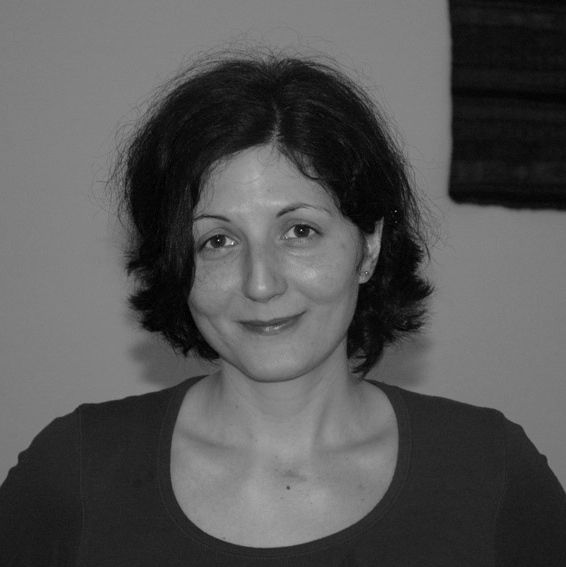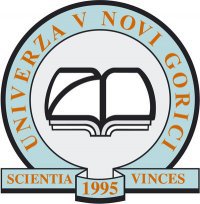Dark Matter
Course Code 2FAF10 / Spring 2018
Starting on October 12th, lectures will
be held on Mondays and Wednesdays starting at 9:15h.
Book: Gianfranco Bertone, "Particle Dark Matter"
written exam with oral discussion 70% (list of potential questions will be given before hand)
Literature/Notes:
Lecture Notes by Prof. Roman Scoccimarro (New York University) - Notes number 10 to 15, hereBook: Gianfranco Bertone, "Particle Dark Matter"
Grading:
journal club participation 30%written exam with oral discussion 70% (list of potential questions will be given before hand)
Topics
Intro
- Evidence for DM and Intro to models and search strategies, slides
Material: Book “B. Gianfranco: Particle Dark Matter” chapter 1
The growth of cosmic structures:
- Random (Gaussian) fields
- Fluctuations from inflation: Harrison-Zeldovich spectrum
- Linear Evolution of perturbations: growth factor, Jeans scale, free-streaming length
- Transfer function and the linear power spectrum
Material: Cosmology lectures by Roman Scoccimarro — lectures 10-15
Method: Black board
Going beyond gravity — how can we ‘search’ for the particle physics nature of dark matter?
- Dark matter production mechanisms: chapter 7
- N-body simulations of dark matter haloes and issues with small scale clustering - chapters 2&3
- Indirect detection and astrophysical constraints: chapter 24-29
- Gamma-rays
- Neutrinos
- Charged cosmic rays
- ‘Direct’ searches: chapter 17
- ‘Collider’ searches: chapter 13
Material: Book “B. Gianfranco: Particle Dark Matter”
Method: journal club
Exam questions
- Evidence for the existence of dark matter and its main properties
- Define Random fields, Fourier space, Gaussian perturbations... (RS lecture 10)
- Main features of inflation and prediction of the 'scale invariant' the power spectrum (RS lecture 11)
- Newtonian evolution of fluctuations: list the set of equations and show how linear solutions (growing and decaying mode) are obtained. (RS 13)
- The linear power spectrum and transfer function, Jeans length and free streaming length (RS 15)
- Define WIMPs. Calculation for thermal relic density.
- WIMP properties and particle physics candidates (motivation for SUSY and SUSY DM candidates)
- Indirect search for DM. Expression for gamma-ray and neutrino fluxes. Dark matter targets and experiments.
- Intro to direct detection of DM. Main detection techniques and experiments.
- Main signature of DM production in colliders.

